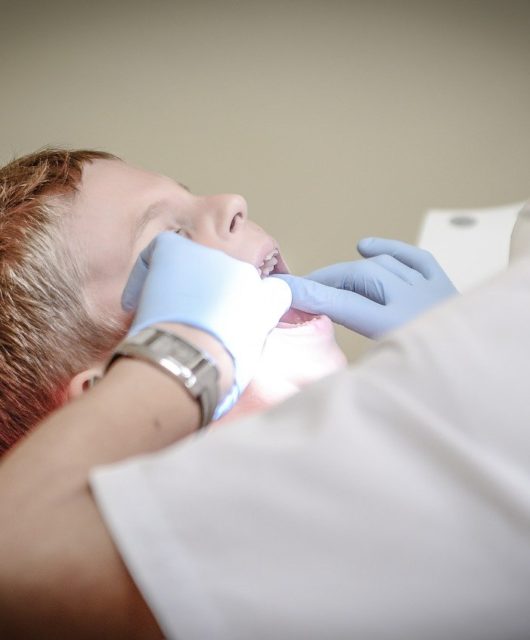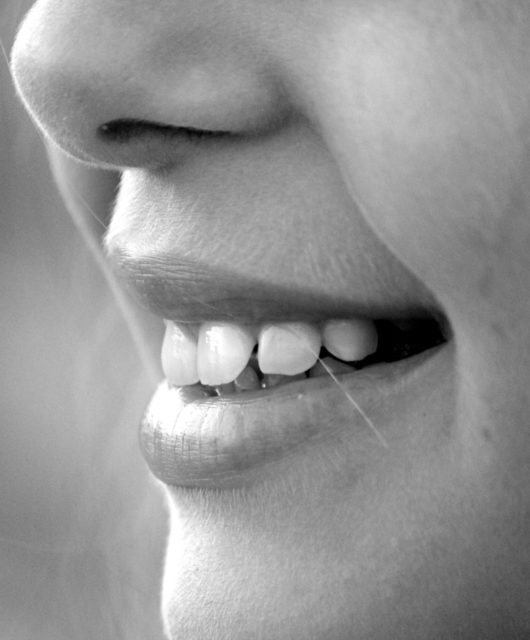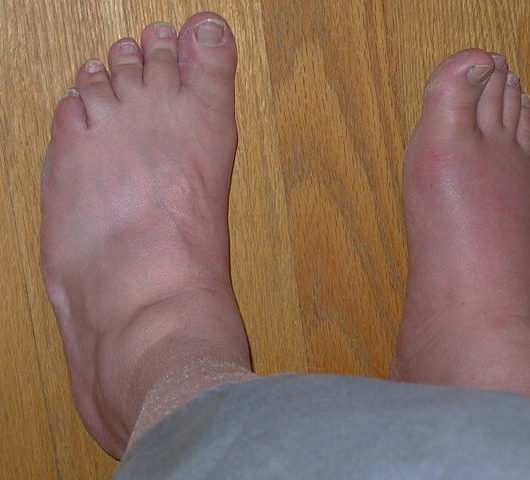Testicular torsion surgery cost
 Torsion of the testis occurs when the testicle turns, twisting the spermatic cord, which supplies the scrotum. Symptoms such as pain and swelling may occur as a result of a disturbance in the blood supply to the testicle. Torsion of the testis is most often found in children aged from 12 to 18 years, but it can also develop at any age, even before the birth.
Torsion of the testis occurs when the testicle turns, twisting the spermatic cord, which supplies the scrotum. Symptoms such as pain and swelling may occur as a result of a disturbance in the blood supply to the testicle. Torsion of the testis is most often found in children aged from 12 to 18 years, but it can also develop at any age, even before the birth.
If a patient is diagnosed with testicular torsion, he requires urgent surgical help. With timely therapy, the testicle can usually be saved. But when the blood circulation stops for too long, the testicle is damaged so much that it must be removed. Operations of this type are successfully carried out abroad, e.g. in Germany. You can find testicular torsion surgery cost on the Booking Health website.
What are the symptoms of testicular torsion?
The main symptom of testicular torsion is pain. Feeling this, a patient needs to see a doctor immediately. Also, medical help should be resorted to if a pain in the testicle occurs suddenly and goes away without treatment. It can develop when the testicle twists, and then unwinds on its own.
Sometimes torsion can be resolved spontaneously and then reappear, while the symptoms may be less acute. However, usually the appearance and disappearance of pain in each episode of the disease is very rapid. Therefore, early diagnosis of testicular torsion increases chances of a good outcome significantly.
What can cause testicular torsion?
The cause is increased testicular mobility. This may be associated with:
- Underdevelopment of the ligaments that hold the testicle.
- A violation of the vaginal process of the peritoneum formation (one of the shells of the testicle).
- Excessive contractility of the muscle that raises the testicle.
In addition, testicular torsion has two forms, which is also indicative of the cause:
- Extravaginal.
- Intravaginal.
In the extravaginal form of testicular torsion, it is twisted together with its vaginal membrane. This form is usually found in children under one year old. It may even occur in the prenatal period, which will lead to congenital testicular necrosis. Clinical manifestations and treatment methods for both types of torsions are the same.
Torsion of the testis often occurs within a few hours after intense physical activity, after a mild testicular injury or during sleep. Low temperature or rapid testicular growth during puberty can also cause the pathology.
Risk factors and complications of testicular torsion
Some factors can significantly increase the chances of torsion of the testis, for example:
- Teenage years. Testicular torsion is most common during puberty.
- Presence of a testicular rupture in the anamnesis. If the patient has already had testicular torsion, which was not cured, then this can happen again. Stronger the pain is, greater the risk of damage to the testicle is.
- Presence of testicular torsion in relatives.
Diagnostics
Doctors typically diagnose testicular torsion during the physical examination of the scrotum, testes, abdominal cavity and inguinal region. Diagnostic programs can also be used for the diagnosis confirmation. Sometimes medical examination is needed to confirm the diagnosis or to identify another cause for the symptoms onset. For instance:
- Urinalysis to check for infections.
- Ultrasound examination of the testicles. This type of ultrasound is used to check blood flow. Nevertheless, ultrasound does not always reveal a decrease in blood flow, so this study may not rule out testicular torsion.
Treatment
All patients with testicular torsion need surgery. During a surgery, the testicle can be manually untwisted, then both testicles are fixed with sutures to prevent further possible torsion. Most often, this surgery is performed through the scrotum, and inguinal access is also used. The testicle can be manually untwisted for a while, but regardless of this manipulation, it is necessary to undergo a subsequent operation. Unfortunately, in some cases, the testicle cannot be saved, because an infarction has occurred in it.
In newborns, the situation is absolutely similar to adults with testicular torsion. The testicle is rarely saved because of the infarction development. There were cases of torsion of the second testicle shortly after the birth, which left the child without testicles.
Currently, methods of anesthetic management and postoperative care for newborns have been significantly improved. Many pediatric urologists operate newborns of several hours or days of life.
Written by Meghan Hale, a content writer at Deepakshukla.com and editing machine. You’ll find me yelling at my dog to stop barking, whether it be at the neighbours or on a long afternoon walk









